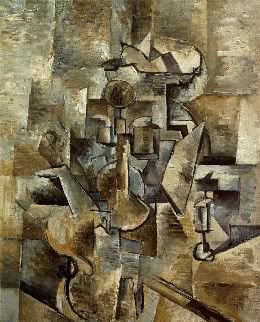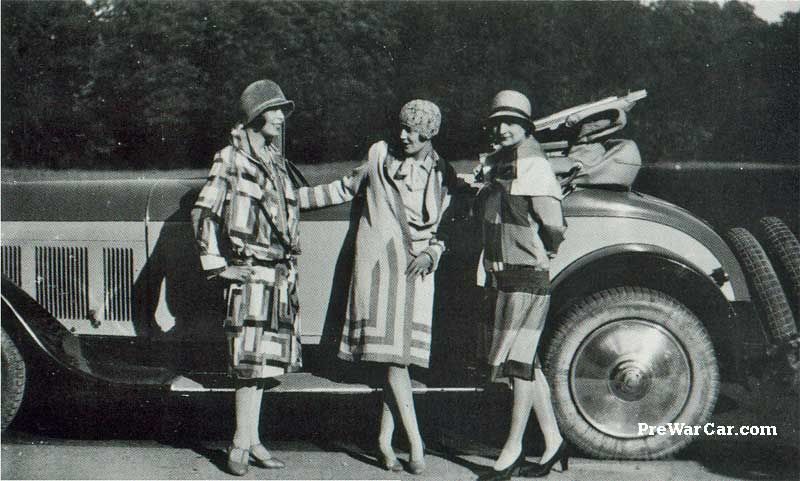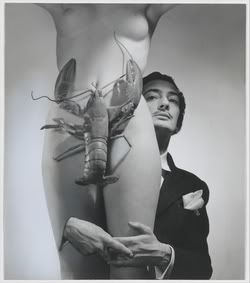I found this to be a very interesting read, it has certainly inspired me to research into a few people before developing my 3rd wedding dress prototype. These are the quotes I found interesting and some extra information I found on the internet.
TO CUT IS TO THINK
1. The Cubists, with Picasso and Braque, were the first to cut out images, disarranging and rearranging them in order to forge new relationships with the object seen and experienced.
- I could photocopy wedding dresses and cut and arrange the pieces randomly to create my next prototype that can be attached to itself with satin covered traditional bridal buttons.

Braque- Violin and Candlestick, Paris, spring 1910

Les Demoiselles d'Avignon, Pablo Picasso, 1907
2. Cutting up and organising forms and figures, images and materials, on a surface and in space, was a radical process that changed one's manner of perceiving reality and constructing a new existence.
3. Cutting structures language, but also clothing. It is an intervention into the traditional conventions of representing and seeing a body or thing, and thereby produces a new sensation.
4. The cut puts an end to the traditional representation of the image, dissolving it and then restoring it as testimony to the artist's vision and understanding.
5. [The cut] severs the garment as the simple container and portrait of the human figure and transforms it into a creative act, a language that builds new objects.
6. Futurists seemed more interested in bringing disorder to the logic and communication of clothing. The changes they brought were based on the use of asymmetry, clashing colors, and juxtapositions of dynamic forms. These relationships were highlighted by [...] the elimination of certain parts or diagonal cuts shattering the concepts of unity and univocality in clothing.

Giacomo Balla, Abstract Speed + Sound, 1913-1914
7. SONIA DELAUNAY:
[...] several different cloths bearing a lively chromatic interrelationship between them.

[....] does not alter the structure of clothing, nor break it apart in order to transform it, since it does not use a cut that is any different from what was customary at the time.

this image is also really similar to the idea I had and will post about next with the photo shoot for the wedding dresses in front of an old white bubble car that is always parked outside on the street. I could use it as a reference.
8. A notion of fashion: the desire to identify the form of the garment with the anatomical perimeter, a tangency between inside and outside.
9. Salvador Dali's placement, as photographed by George Platt Lynes, of a lobster over the pubic area of a nude female model, not only "dresses" her, but also exalts the enigmatic; aggressive charge of her sexuality. It produces a linguistic shift in the role of the covering object, the garment, and reveals its secret erotic tension.

"he drew a close analogy between food and sex" Tate modern

No comments:
Post a Comment